
Field Trip Programs
Unforgettable Field Trips at Tenafly Nature Center
Each year, thousands of students and nature lovers experience the wonder of the outdoors at Tenafly Nature Center (TNC). Our immersive, hands-on field trips spark curiosity, inspire learning, and create lasting memories. Guided by expert educators, groups explore scenic trails, discover diverse habitats, and connect classroom lessons to the natural world.
Our programs align with NAEYC, NGSS, and NJSLS standards, providing an experience that’s both educational and enriching.
Join us this year as we turn our 380-acre living museum into your outdoor classroom!
Custom Programs for Every Group
Don’t see a topic that fits your needs? Our Education Team can help design a custom experience tailored to your curriculum and interests.
Plan Your Visit
Schedule your next Field Trip at TNC today!
Before you visit, please review our Field Trip and TNC to Go Policies for important details.
Can’t Come to Us? We’ll Come to You!
Bring the magic of TNC to your classroom with TNC to Go. Our Environmental Educators will visit your location, bringing live lessons, engaging activities, and elements of our living museum right to your students.
Field Trip Programs (at TNC)
| Sample Schedule | Preschool & Kindergarten Half Day (Two 60-minute program) | Preschool & Kindergarten Full Day (Three 60-minute program) | 1st Gr-Adult Half Day (One 90-minute program) | 1st Gr-Adult Full Day (Two 90-minute programs) |
|---|---|---|---|---|
| 9:15 am | Groups arrive at TNC | Groups arrive at TNC | Groups arrive at TNC | Groups arrive at TNC |
| 9:30 am-10:00 am | Program #1 (e.g. Sap to Syrup) | Program #1 (e.g. Sap to Syrup) | Program #1 (e.g. Sap to Syrup) | Program #1 (e.g. Sap to Syrup) |
| 10:00 am-10:30 am | ||||
| 10:30 am-11:00 am | Snack Time in reserved space | Snack Time in reserved space | ||
| 11:00 am-11:30 am | Program Option #2 (e.g. What is a Tree) | Program Option #2 (e.g. What is a Tree) | Lunch Time in reserved space | Lunch Time in reserved space |
| 11:30 am-12:00 pm | ||||
| 12:00 am-12:30 am | Lunch Time in reserved space | Lunch Time in reserved space | Depart TNC | Program #2 (e.g. Outdoor Survival) |
| 12:30 am-1:00 pm | ||||
| 1:00 am-1:30 am | Depart TNC | Program Option #3 (e.g. Bird is the Word) | ||
| 1:30 am-2:00 pm | Depart TNC | |||
| 2:00 am-2:30 pm | Depart TNC |
(All programs are 60 minutes)
Click title to view description
K-LS1-1, K-ESS3-1, K-ESS2-2, K-2-ETS1-1 (September-November Only)

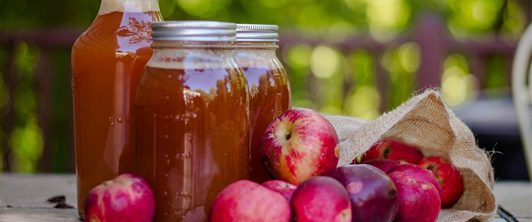
K-LS1-1, K-ESS3-1, K-ESS3-3, K-2-ETS1-2

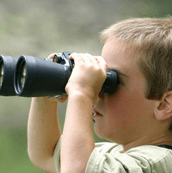
K-LS1-1, K-ESS2-2, K-ESS3-1, K-2-ETS1-2


K-LS1-1, K-ESS2-2, K-ESS3-1, K-2-ETS1-2


K-LS1-1, K-PS3-1


K-LS1-1, K-ESS2-2, K-ESS3-1, K-2-ETS1-2

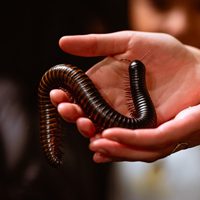
K-LS1-1, K-ESS3-1, K-ESS3-3, K-2-ETS1-1, K-2-ETS1-2

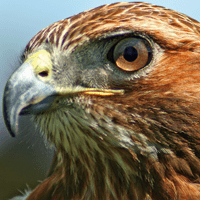
K-LS1-1, K-PS3-1, K-2-ETS1-1 (January-March Only)

Discover the surprising variety of trees that can be tapped!
Those acquainted with maple syruping and maple sugaring may be surprised to know that there’s more to syruping and sugaring than maples! Join Tenafly Nature Center educators to explore how sap becomes syrup and which local trees can be tapped for their own unique flavors. Families will head outdoors to identify tree species, learn how sap flows, and practice using real tapping tools. We’ll look at maple as our familiar starting point and then explore several other trees that can be tapped, comparing how their sap differs in taste, sweetness, and seasonal flow patterns.

K-LS1-1, K-ESS2-2, K-PS3-1, K-ESS2-1 (Fall/Winter/Spring)

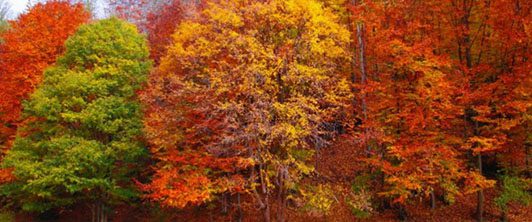
K-LS1-1, K-ESS2-2, K-ESS3-1


K-LS1-1, K-ESS2-2, K-ESS3-1, K-ESS3-3, K-2-ETS1-2

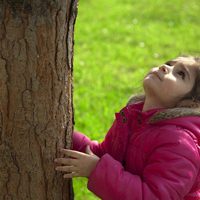
K-LS1-1, K-ESS2-2, K-ESS3-1, K-ESS3-3, K-PS3-1


K-LS1-1, K-ESS2-2, K-ESS3-1


K-PS3-1, K-PS3-2, K-ESS2-1, K-ESS3-2

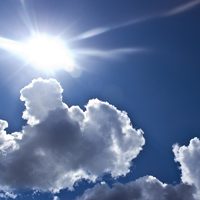
(All programs are 90 minutes)
Click title to view description
1-LS1-1, 2-LS4-1, K-2-ETS1-1, K-2-ETS1-2

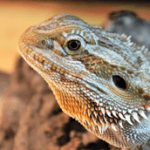
1-LS3-1, 2-LS2-1, 2-LS2-2, K-2-ETS1-1


1-LS1- 1, 1-LS3- 1, 2-LS4- 1, K-2- ETS1-2


1-LS1-1, 1-LS1-2, 1-LS3-1, 2-LS4-1

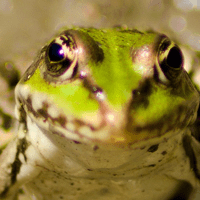
1-LS1-1, 2-LS4-1

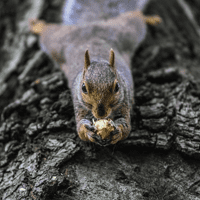
1-LS1- 1, 1-LS1- 2, 1-LS3- 1, 2-LS4- 1, K-2- ETS1-2


1-LS1-1, 1-LS3-1, 2-LS2-1, 2-LS4-1, 2-ESS2-1, 2-ESS2-2

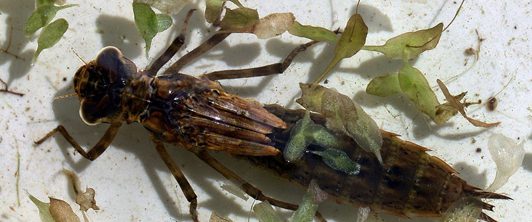
K-LS1-1, K-ESS3-1, K-ESS3-3, K-2-ETS1-1, K-2-ETS1-2


1-LS1-1, 1-LS3-1, 1-ESS1-1, 1-ESS1-2, 2-PS1-4, 2-LS2-1, 2-ESS2-3, K-2-ETS1-1

Discover the surprising variety of trees that can be tapped!
Those acquainted with maple syruping and maple sugaring may be surprised to know that there’s more to syruping and sugaring than maples! Join Tenafly Nature Center educators to explore how sap becomes syrup and which local trees can be tapped for their own unique flavors. Families will head outdoors to identify tree species, learn how sap flows, and practice using real tapping tools. We’ll look at maple as our familiar starting point and then explore several other trees that can be tapped, comparing how their sap differs in taste, sweetness, and seasonal flow patterns.

1-LS1-1, 1-ESS1-1, 1-ESS1-2, 2-PS1-1, 2-LS2-1


1-LS1-1, 1-LS1-2, 1-LS3-1, 2-LS2-1, 2-LS2-2, K-2-ETS1-2, K-2-ETS1-3


2-PS1-4, 2-LS2-1, 2-ESS2-1, 2-ESS2-2, 2-ESS2-3

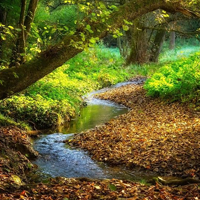
3-LS4-3, 3-LS4-4, 3-LS4-2, 4-LS1-1


3-PS2-2, 3-LS3-1, 3-LS3-2, 3-LS4-2, 4-LS1-1, 5-LS1-1, 3-5-ETS1-1


3-LS2-1, 3-LS3-1, 3-LS3-2, 3-LS4-1, 3-LS4-2, 3-LS4-3, 3-LS4-4, 4-LS1-1, 4-LS1-2, 5-ESS3-1

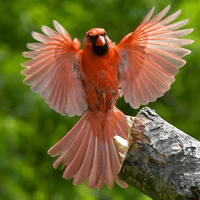
3-LS2-1, 4-LS1-2, 3-5-ETS1-2, 3-5-ETS1-3


3-LS4-1, 3-LS4-3, 3-LS4-4, 3-LS3-2, 3-LS4-2, 4-ESS3-1, 5-LS2-1, 5-ESS3-1


3-LS4-1, 4-ESS1-1, 4-ESS2-1, 4-ESS2-2, 5-PS1-3, 5-ESS2-1

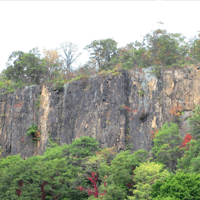
3-LS2-1, 3-LS4-3, 3-LS4-4, 3-LS1-1, 3-LS3-1, 3-LS4-2, 4-LS1-1, 4-LS1-2

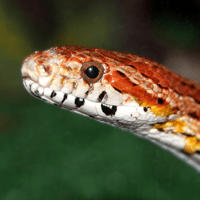
3-LS2-1, 3-LS4-3, 3-LS4-4, 4-ESS3-1

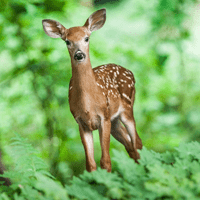
3-LS1-1, 3-LS2-1, 3-LS3-2, 3-LS4-1, 3-LS4-2, 3-LS4-3, 3-LS4-4, 4-LS1-1, 4-LS1-2, 5-LS2-1

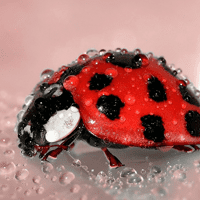
3-LS1-1, 3-LS2-1, 3-LS3-1, 3-LS3-2, 3-LS4-2, 3-LS4-3, 3-LS4-4, 5-ESS3-1

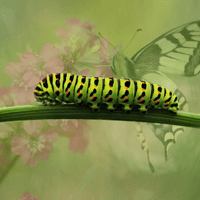
3-PS2-2, 3-LS2-1, 3-LS4-3, 3-LS4-4, 4-LS1-1, 5-ESS3-1, 3-5-ETS1-1

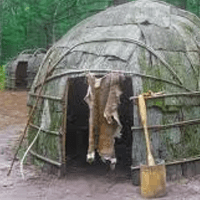
3-PS2-2, 3-PS2-3, 3-PS2-4, 4-PS3-3

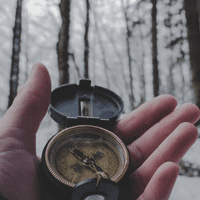
4-ESS2-2


3-LS4-3, 3-LS4-4, 3-ESS3-1, 3-5-ETS1-1, 3-5-ETS1-2, 3-5-ETS1-3


3-LS1-1, 3-LS2-1, 3-LS3-1, 3-LS4-2, 3-LS4-3, 3-LS4-4, 4-LS1-1, 4-ESS2-1, 4-ESS3-2, 5-LS1-1, 5-ESS2-2, 5-ESS3-1

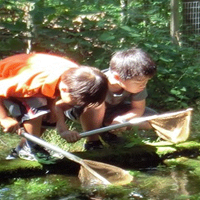
3-LS4-3, 3-LS4-4, 3-LS3-2, 4-PS4-2, 4-LS1-1, 4-LS1-2, 5-LS2-1


3-ESS2-1, 4-LS1-1, 5-PS3-1, 5-LS1-1, 5-ESS1-2


3-LS3-1, 4-PS4-2, 4-LS1-2


3-LS3-2, 4-ESS3-1, 4-ESS2-1, 5-LS1-1, 5-ESS2-1,5-ESS2-2, 5-ESS3-1

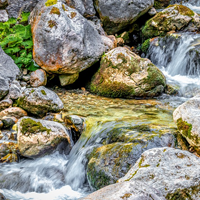
3-LS4-4, 3-ESS3-1, 4-ESS3-2, 5-ESS2-1, 5-ESS3-1, 3-5-ETS1-2, 3-5-ETS1-3

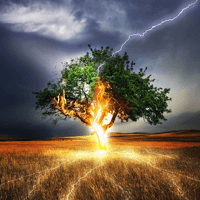
3-LS2-1, 3-LS4-4, 4-LS1-1, 5-PS3-1, 5-LS1-1, 5-LS2-1

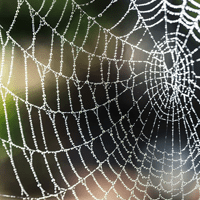
MS-LS4-3, MS-LS4-5, MS-ESS3-3, MS-LS1-4, MS-LS1-8

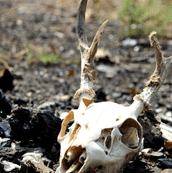
MS-ETS1-1, MS-PS2-1, MS-LS4-2, MS-LS4-4, MS-LS4-6


MS-PS2-1, Ms-LS1-8, MS-ETS1-1, MS-ETS1-2, MS-ETS1-3


MS-LS1-8, MS-LS1-3, MS-LS1-4, MS-LS3-2, MS-ESS3-3


MS-LS2-1, MS-LS2-2, MS-LS2-4, MS-ESS3-3, MS-ESS3-4

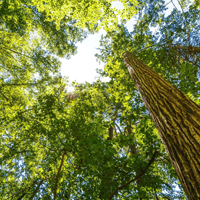
MS-PS2-3, MS-PS2-5, MS-ESS3-3


MS-PS2-3, MS-PS2-5, MS-ESS3-3

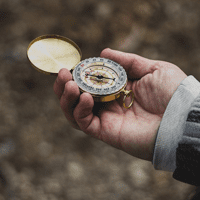
MS-PS2-3, MS-PS2-5, MS-ESS3-3

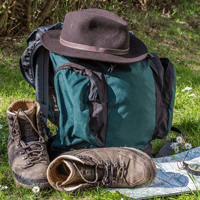
MS-PS2-1, MS-LS1-8, MS-ETS1-1, MS-ETS1-2, MS-ETS1-3


MS-LS2-1, MS-LS2-4, MS-LS2-5, MS-ESS3-3, MS-ESS3-4


MS-LS1-8, MS-LS1-3, MS-LS1-4, MS-LS3-2, MS-ESS3-3


MS-LS2-1, MS-LS1-4, MS-LS1-5, MS-LS1-6

































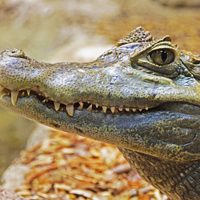



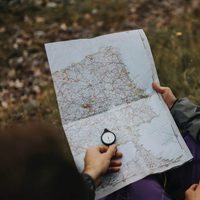

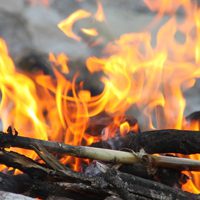







Animal Sponsorship
Sponsor an Animal—Make a Wild New Friend!
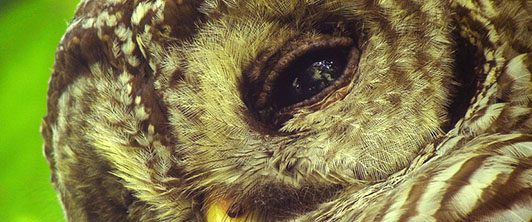 Add something unforgettable to your field trip by sponsoring one of our amazing animal ambassadors! Your group will enjoy a special 30-minute up-close encounter with your chosen animal, complete with a Q&A session led by our expert staff. Learn their story, ask questions, and even pose for a group photo!
Add something unforgettable to your field trip by sponsoring one of our amazing animal ambassadors! Your group will enjoy a special 30-minute up-close encounter with your chosen animal, complete with a Q&A session led by our expert staff. Learn their story, ask questions, and even pose for a group photo!
As a thank you, your class or camp will receive a special sponsorship package including:
- A group photo with your sponsored animal
- An official sponsorship certificate
- A professional photo of your animal
- A fun and informative species fact sheet and biography
- Recognition in our newsletter as a valued supporter
Not only is it a unique hands-on experience—your support helps us provide top-quality care to these incredible creatures. Make a difference and meet a new furry, scaly, or feathery friend along the way!
Butterfly House (available June – July*)
Step into a fluttering world of color!
 Enhance your visit with a trip to our seasonal Butterfly House, a beloved exhibit filled with live native butterflies. Watch these delicate creatures sip nectar, take flight, and reveal the magic of metamorphosis. Inside, chat with staff or volunteers, observe chrysalises up close, and, if you’re lucky, witness a butterfly emerge!
Enhance your visit with a trip to our seasonal Butterfly House, a beloved exhibit filled with live native butterflies. Watch these delicate creatures sip nectar, take flight, and reveal the magic of metamorphosis. Inside, chat with staff or volunteers, observe chrysalises up close, and, if you’re lucky, witness a butterfly emerge!
*Availability may vary due to weather and funding. Butterflies are less active below 70°F or during overcast/rainy conditions.
30-minute Guided Seasonal Walk (Field Trips only)
Take a Walk on the Wild Side!
 Extend your adventure with a guided trail walk led by one of our knowledgeable TNC naturalists! Before or after your scheduled program, explore winding forest paths, discover hidden natural treasures, and learn fun facts about local plants, animals, and habitats. Every walk is a chance to spot something new—whether it’s animal tracks, birdsong, or a secret spot in the woods you’ve never noticed before. It’s the perfect way to deepen your connection with nature and make the most of your visit!
Extend your adventure with a guided trail walk led by one of our knowledgeable TNC naturalists! Before or after your scheduled program, explore winding forest paths, discover hidden natural treasures, and learn fun facts about local plants, animals, and habitats. Every walk is a chance to spot something new—whether it’s animal tracks, birdsong, or a secret spot in the woods you’ve never noticed before. It’s the perfect way to deepen your connection with nature and make the most of your visit!
Self-guided Seasonal Walk (Field Trips only)
Explore at Your Own Pace with a Self-Guided Trail Adventure!
 Before or after your scheduled program, grab a trail map and lead your group on a nature adventure through our scenic trails. Discover towering trees, curious critters, and hidden forest secrets as you explore at your own pace. With plenty to see, hear, and experience along the way, it’s a great opportunity for students to observe, ask questions, and connect with the natural world on their own terms. Every trail holds a new surprise—what will your group discover?
Before or after your scheduled program, grab a trail map and lead your group on a nature adventure through our scenic trails. Discover towering trees, curious critters, and hidden forest secrets as you explore at your own pace. With plenty to see, hear, and experience along the way, it’s a great opportunity for students to observe, ask questions, and connect with the natural world on their own terms. Every trail holds a new surprise—what will your group discover?
TNC Gift Shop
Discover something wild to take home!
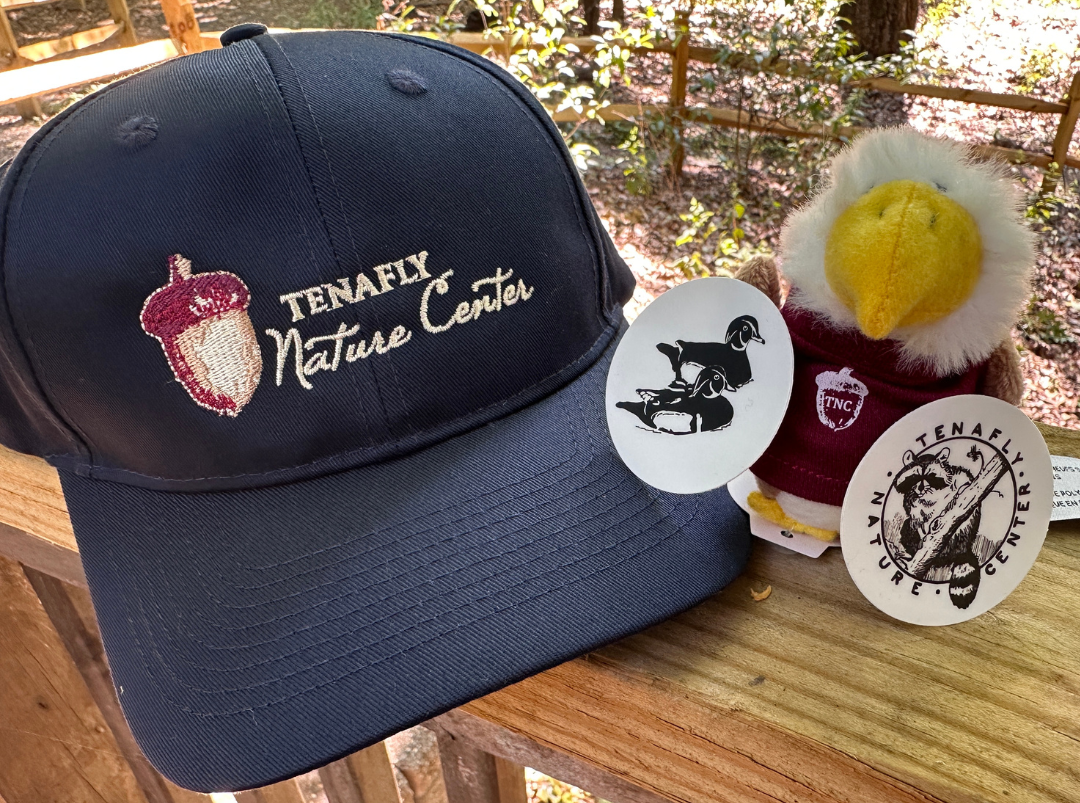
Before or after your program, stop by the TNC Retail Store to find the perfect nature-inspired keepsake. From keychains and plantable pencils to stickers and magnets, there’s something for every visitor and nature lover. Take a piece of your Tenafly Nature Center adventure home with you!
| 30-minute | 60-minute program (Preschool & Kindergarten) | 90-minute program (1st Gr-Adult Half Day) | 2 60-minute programs (Preschool & Kindergarten Half Day) | Full Day Preschool & Kindergarten (3 prog.) 1st Gr-Adult (2 prog.) | |
|---|---|---|---|---|---|
| Per student | $10 | $15 | $20 | $25 | |
| Minimum | $150 | $225 | $300 | $375 | |
| Field Trip Add-ons | |||||
| Animal Sponsorship | $60 | ||||
| Butterfly House | $3/person | ||||
| Guided Seasonal Walk | $50 | $75 | |||
- No additional charge for teachers and aides.
- For Pre-school & Kindergarten age groups a maximum group size is 25 children per TNC educator.
- For all other age groups a maximum group size is 30 children/participants per TNC educator
- A maximum of 120 participants can be accommodated at TNC at one time. Larger groups can be divided between morning and afternoon, or scheduled over several days.
- Please separate students into groups according to the above maximum numbers (or one class) prior to arrival.
- Children group programs require one supervising adult/teacher per class and one adult chaperone per five students who may attend for free.
- In order to obtain adequate staff, advance notice of additional participants required. We reserve the right to limit the number of non-registered participants on the trail to the number originally registered on the confirmation form.
- Groups choosing the half day option have bathroom/snack time included and may have optional lunch time reserved
- Groups choosing the full day option have bathroom/snack and lunch time included
- If your funds are limited, please consider applying for a TNC scholarship (we strive to make nature accessible to everyone).
Other Field Trip Funding Resources
Make your next field trip to Tenafly Nature Center possible with these funding resources for New Jersey schools! The following programs operate independently of Tenafly Nature Center.
EarthShare NJ – Wheels for STEM Program
The Wheels for STEM Program, launched by EarthShare New Jersey, helps underfunded schools overcome transportation challenges. This program provides free bus transportation so students can take part in hands-on STEM and environmental learning experiences, such as a field trip to Tenafly Nature Center. By removing transportation barriers, Wheels for STEM makes outdoor learning accessible to all.
Field Trip New Jersey
Created by the Geraldine R. Dodge Foundation and the Community Foundation of New Jersey, Field Trip New Jersey provides annual grants to help schools in underserved communities experience educational destinations throughout the state. Funding can be used for trips to arts and cultural institutions, nature preserves like Tenafly Nature Center, historical sites, science centers, and college campuses. This program helps ensure that every student has the chance to learn and explore beyond the classroom.
New Jersey Clean Communities
The New Jersey Clean Communities Program offers funding to help schools cover the cost of environmental education experiences. Schools can contact their municipal or county Clean Communities Coordinators to request grant support for a field trip to Tenafly Nature Center. Funds are typically distributed each May or June, so be sure to reach out early.
Many of the programs Tenafly Nature Center offers can be altered to meet the needs of participants with disabilities or those who require accommodations. We ask that you provide pertinent information about any disabilities and/or required accommodations within a minimum of two weeks’ prior to the program. This helps us provide a quality program experience for all participants.








